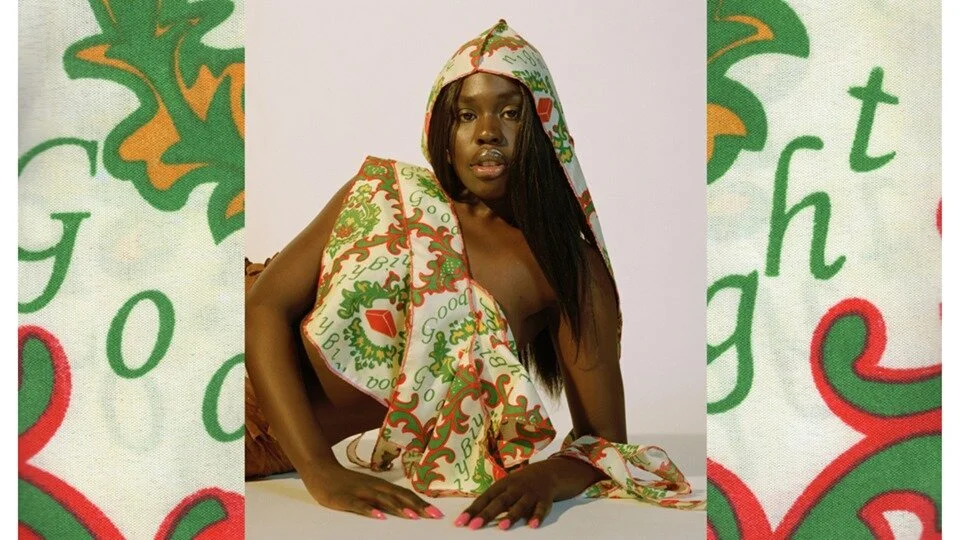Frash A Dash — an Gallery 44 exhibition by Maisha Marshall-Ende, opening July 12th
Frash A Dash is a joint collaborative effort between Gallery 44 and the Margin of Eras Gallery, to be presented in the Vitrines of Gallery 44.
What does it mean to be black in Canada? This is the question at the heart of Maisha Marshall-Ende’s show Frash a Dash. Growing up in Addis Ababa, Ethiopia allowed her to develop and grow in an environment where her race was not her defining characteristic. Moving to Canada as an adult, she quickly came to realize that here, her skin color alone was sufficient evidence to categorize her. She was expected to conform to a standard she had never even known existed. All too often, the narrative of the Black American experience is held as the default standard, leaving little room for the true breadth of experience that exists. In a sense, there are those of us who live on the margins of the margins. This project is about creating a cultural bridge by taking objects that are emblematic of different cultures - the du-rag and an iconic Ethiopian fabric - and combining them in a celebration of those who inhabit the spaces in-between. Through her art, she hopes to broaden the conversation around what it truly means to be a black woman.
* Studio images done in collaboration with Nika Thompson.
Opening Reception | July 12th, 2019 from 6-9pm
Exhibition Dates | June 21st – July 6th
Location | Gallery 44 (401 Richmond St. W, Toronto, ON)
Gallery Hours | Tuesday to Saturday from 11am-5pm
ABOUT MAISHA MARSHALL-ENDE
Maisha Marshall-Ende is a Toronto-based photographer and videographer. Born in Ethiopia’s capital city Addis Ababa, she was adopted by Canadian parents when she was only a few days old. She grew up in Ethiopia, spending only her childhood summers in Canada. She completed her primary and secondary education at an international school based in Addis Ababa and recently obtained her Bachelor of Fine Arts from OCAD University in Toronto.
Maisha’s work explores Black culture in a western context. Her understanding of race was shaped by growing up in Ethiopia, where dark skin was the rule not the exception. Ethiopia is an incredibly diverse country. There are a multitude of nations and nationalities, cultures, over 80 spoken languages and a deep sense of pride and identity rooted in the country’s ancient history. All this to say, Maisha did not grow up as a black woman, but as an Ethiopian woman. She never considered her skin color to be her defining feature; it was only one of the many pieces of her ever evolving identity. Nor did she have a single understanding of ‘blackness.’
Moving to Canada as an adult was a shocking change. No one knew where she came from or the unique experiences that had formed her. Yet her skin color alone was sufficient evidence to categorize and stereotype her. Suddenly, she was a black woman and was expected to conform to a standard she had never even known existed. She turned to her art as a way to make sense of the racially-charged environment she found herself in.

